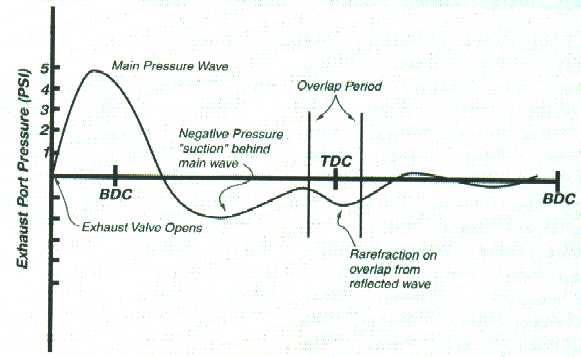K2e2vin
Senior Member
 , Hence why I said the header makes most of the difference. Though, I've seen smaller suggested(for D-series, around 2" seems to be good, something not too much larger than the runners). I'll measure my Bisimoto header later and see what it is on there(though it has a 2.5" exit).
, Hence why I said the header makes most of the difference. Though, I've seen smaller suggested(for D-series, around 2" seems to be good, something not too much larger than the runners). I'll measure my Bisimoto header later and see what it is on there(though it has a 2.5" exit).If you think about it, the gasses in the exhaust(after the header) should have minimal pulses if the header is set up to time the exhaust pulses correctly. In other words, the pulses should be so close together after the header that it would really be just a continuous flow.


